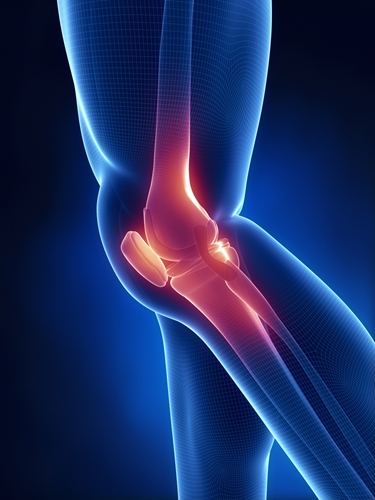Studies reveal new ACL reinjury prevention strategies
Athletes depend on each and every one of their muscles operating at peak levels to perform well. Even the average person is unaware of how his or her muscular system interacts to do simple tasks like walking or jumping. In fact, many people only notice the different parts of their bodies when they become injured.
The anterior cruciate ligament is a connective tendon located near the bottom of the leg. While the ACL is a small piece of the overall walking and running mechanism, many athletes experience ACL tears, sprains and separations that force them into surgery. However, according to two recent studies conducted by researchers at the Ohio State University and Honolulu-based Tripler Army Medical Center and presented at the 2014 meeting of the American Orthopaedic Society of Sports Medicine, new methods of ACL injury and reinjury prevention are emerging to reduce recovery times and keep patients safer than ever.
Looking at ACL injuries
Common to many contact sports like football and soccer, ACL injuries are some of the most frequent and debilitating injuries among recreational athletes, too. According to the University of California, San Francisco, more than 200,000 people partially or fully tear their ACLs each year, and half of these result in surgical reconstructions. While the injury is linked to sports that feature heavy physicality, more than 70 percent of all events are caused through noncontact activity such as sudden turns or stops.
One of the most common ways to reconstruct an ACL is to implant tissue from a donor into the site. However, these grafts fail at a high rate, so Craig Bottoni, M.D., orthopedic surgeon and lead author of one of the Honolulu study, explored how grafts with native tissues would affect the durability of reconstructed ACLs.
Bottoni observed 99 patients who had received grafts with native and foreign tissues. All patients received the same post-op rehabilitation treatments over a period of 10 years.
The study found that, among patients who received grafts of their own tissues, only four required revision surgery, compared to 13 patients who received foreign grafts. This represented a percentage difference of 8.3 to 26.5 percent.
"Our study results highlight that in a young athletic population, allografts (tissue harvested from a donor) fail more frequently than using autografts (tissue harvested from the patient)," Bottoni said in a statement. "By better understanding why and how grafts fail in ACL reconstructions, we can increase the life span of these procedures and minimize future surgeries where feasible."
Avoiding ACL injuries altogether
In some cases, the best medicine for ACL injuries may be avoiding them in the first place. For this, patients and physicians need detailed guidelines for the condition's risk factors. Christopher Kaeding, M.D., professor of orthopedics and lead author of the OSU study, believed that age, activity level and graft type are all critical factors in determining whether patients will need revision surgery for their reconstructed ACLs.
Notably, Kaeding found that patients reinjured themselves more often on the same side of the body as the original ACL surgery. These incidents affected 4.3 of all patients, while only 3.6 tore the opposite ligament.
"Physicians and physical therapists need to better educate our patients about continued neuromuscular training even after the immediate rehabilitation process has ended to help prevent future tears," Kaeding said in a statement.
Preventing ACL injuries benefits patients and health care professionals alike. The Texas Sports Medicine and Orthopaedic Group estimated that each ACL surgery costs approximately $11,500, which amounts to a nationwide annual cost of more than $2 billion. Preventing only a handful of patients from reinjury can help reduce this price tag in the future.



